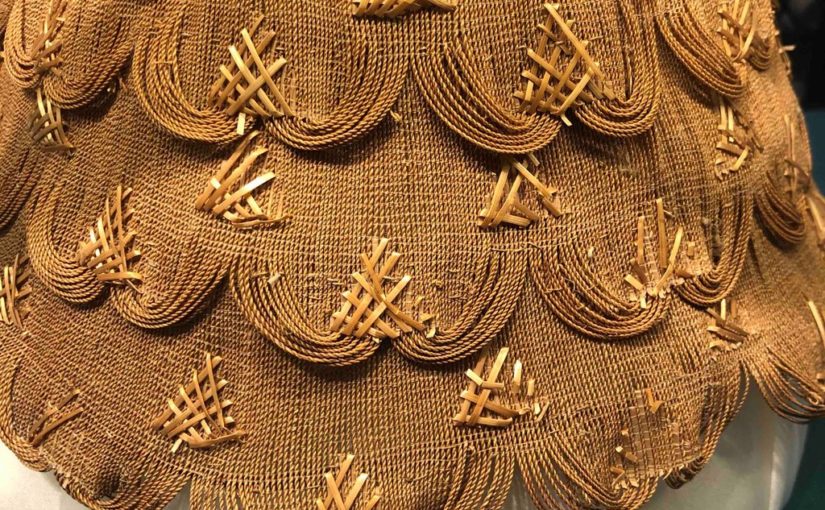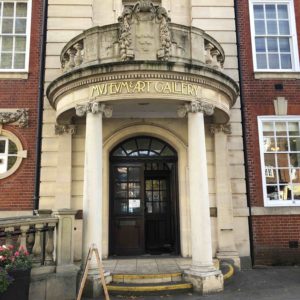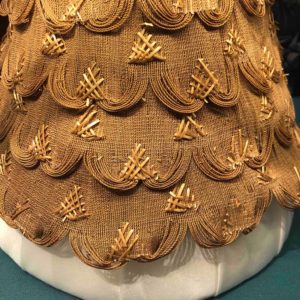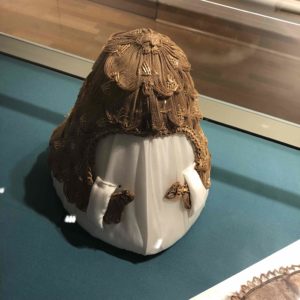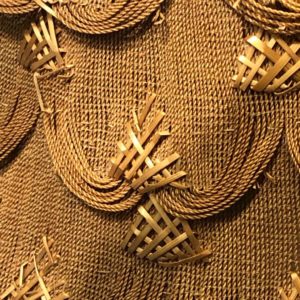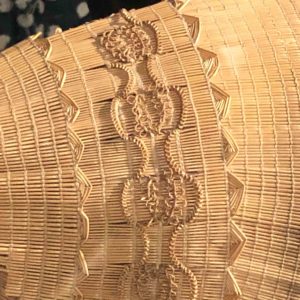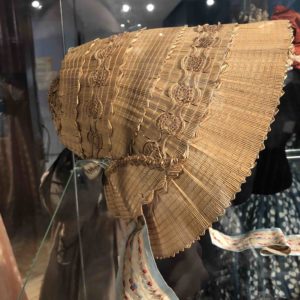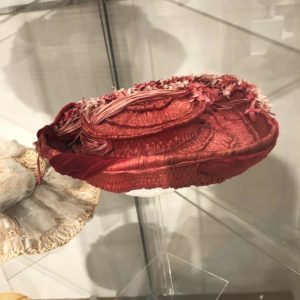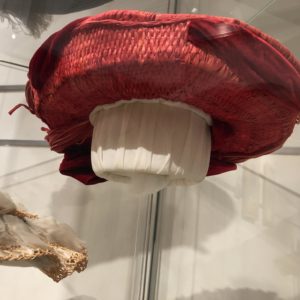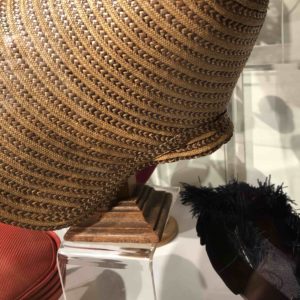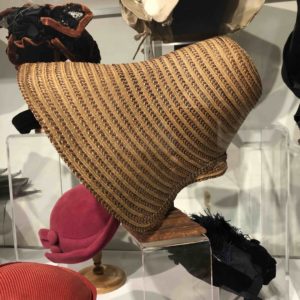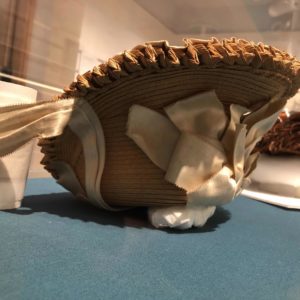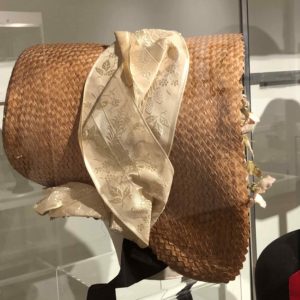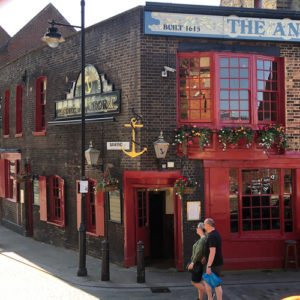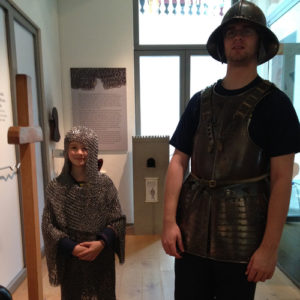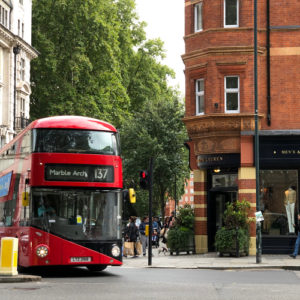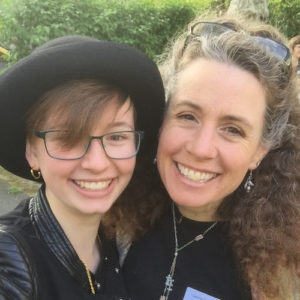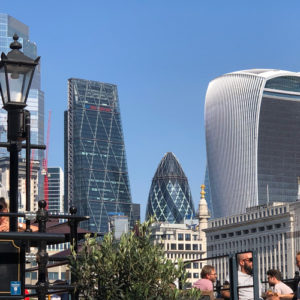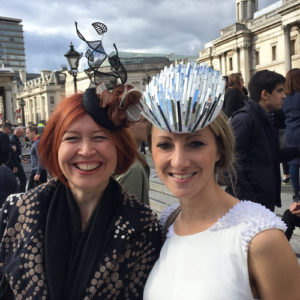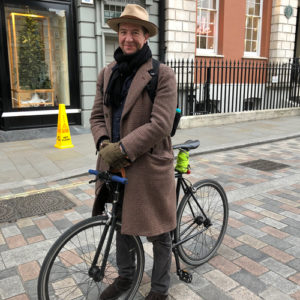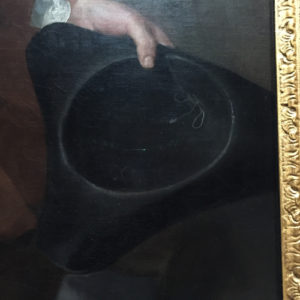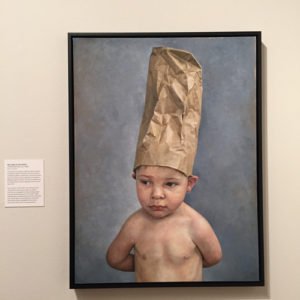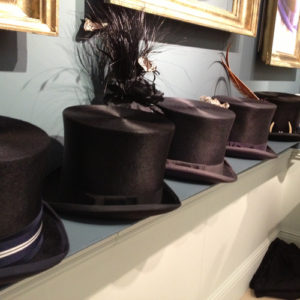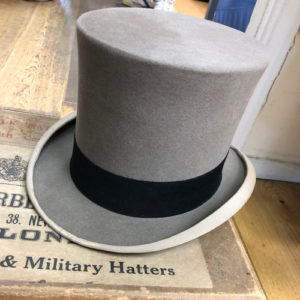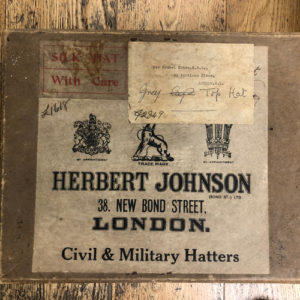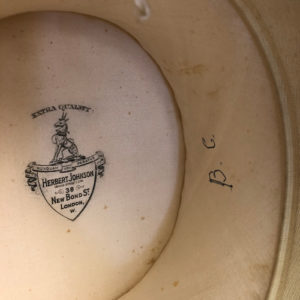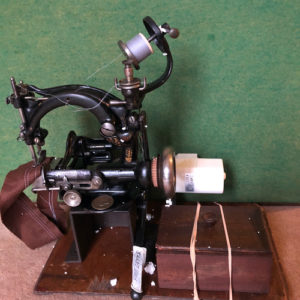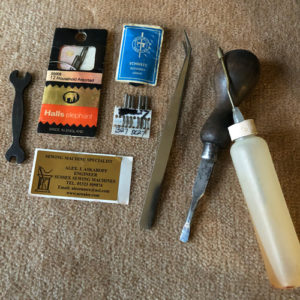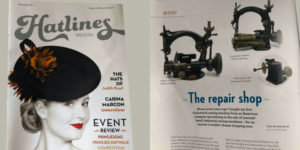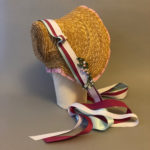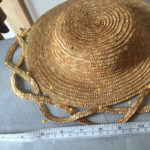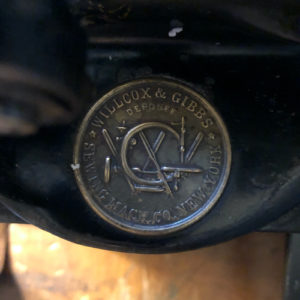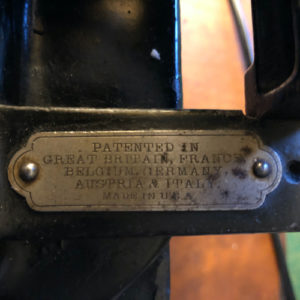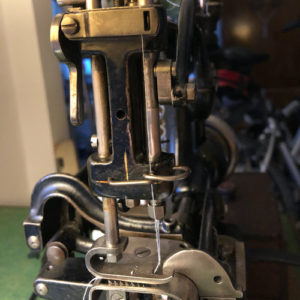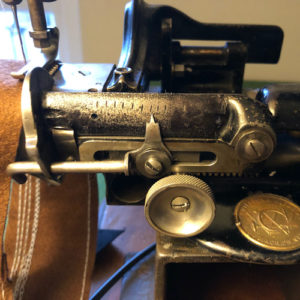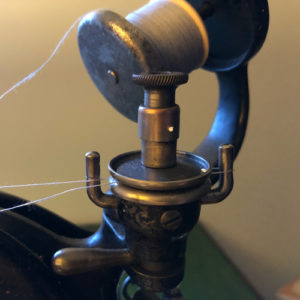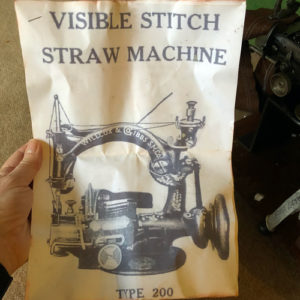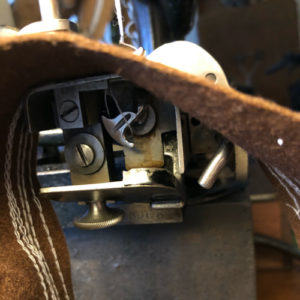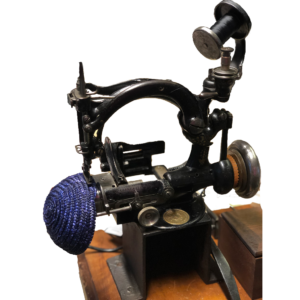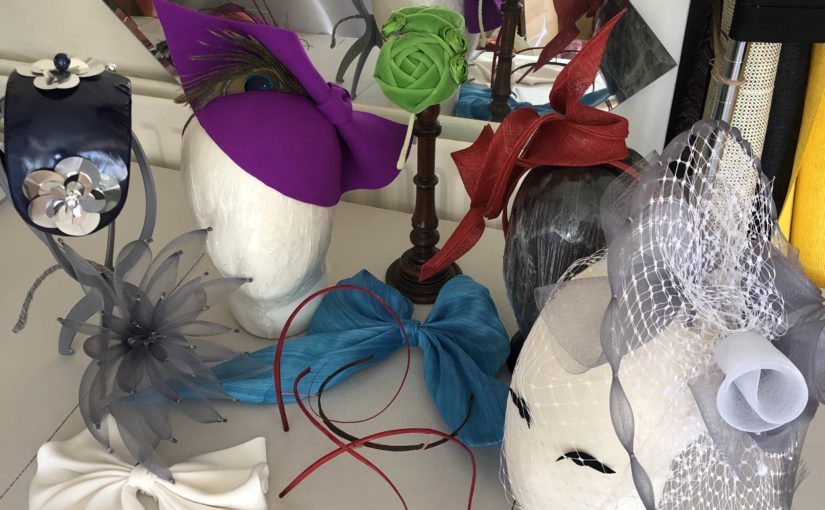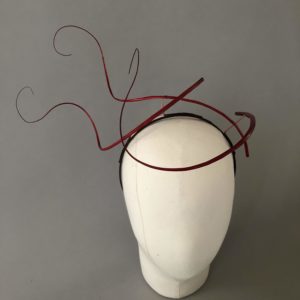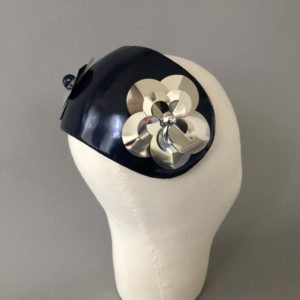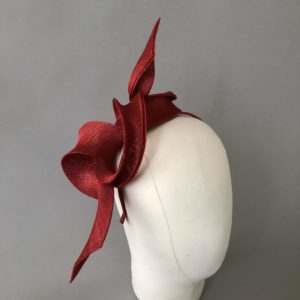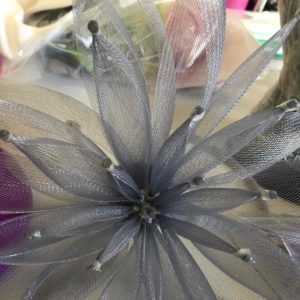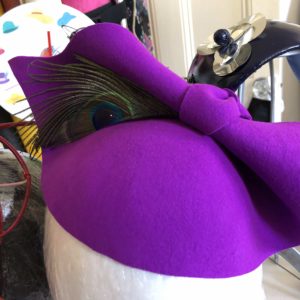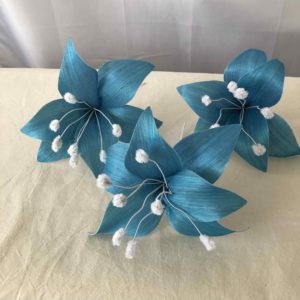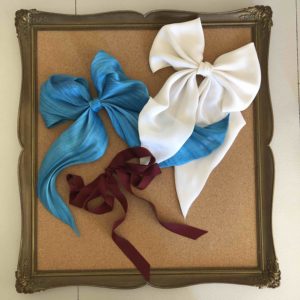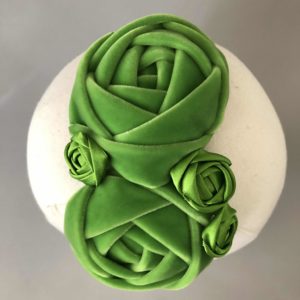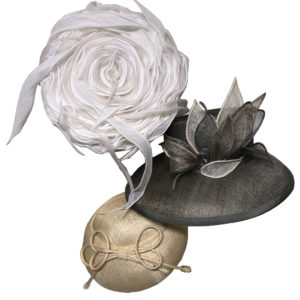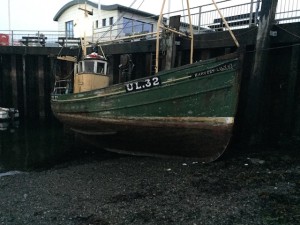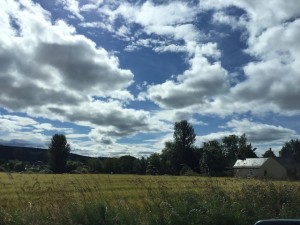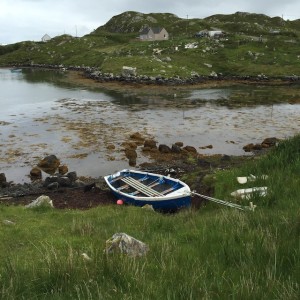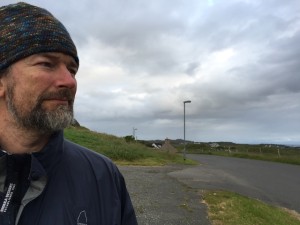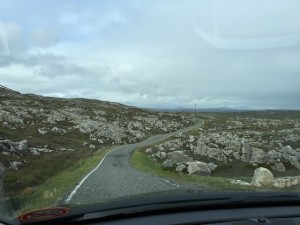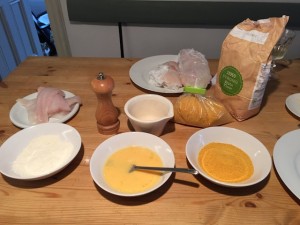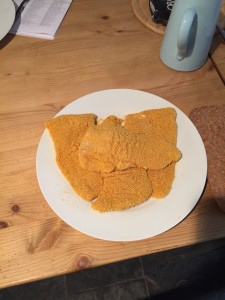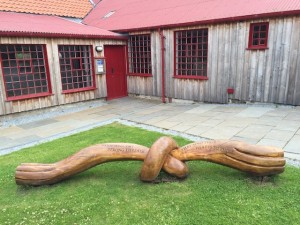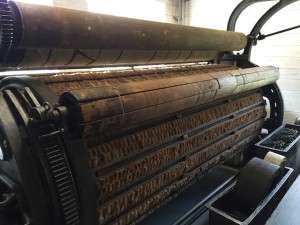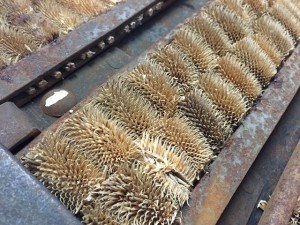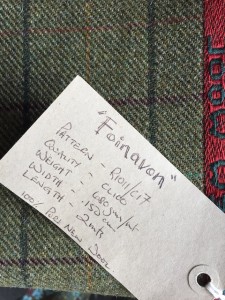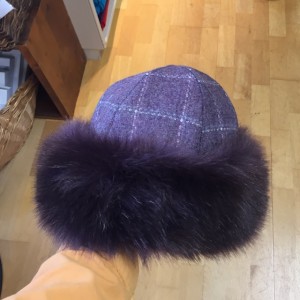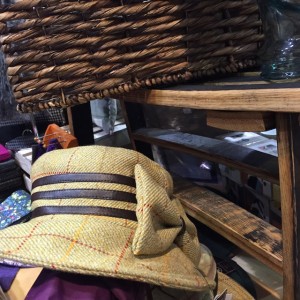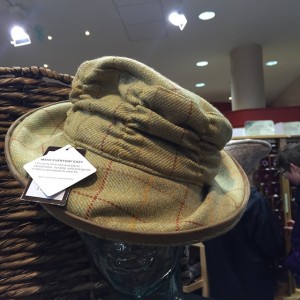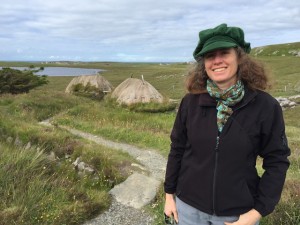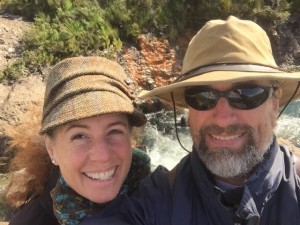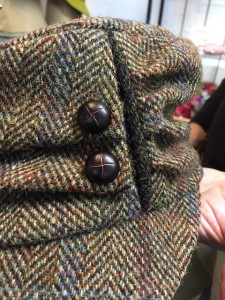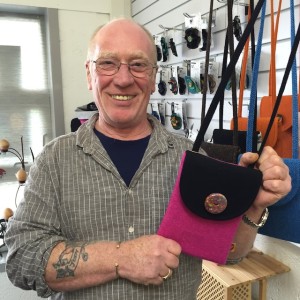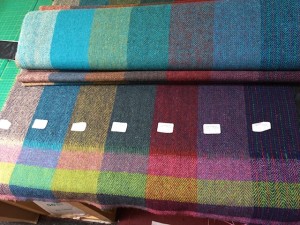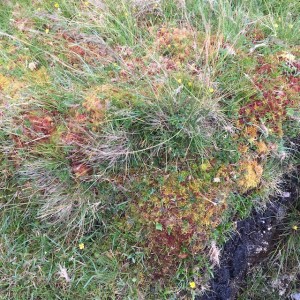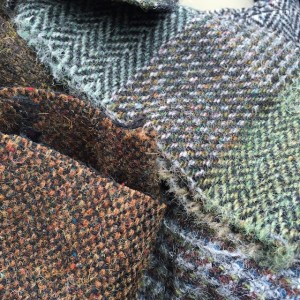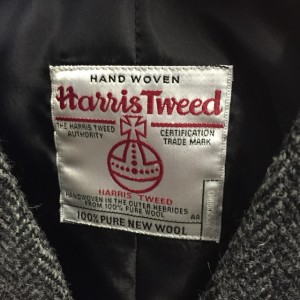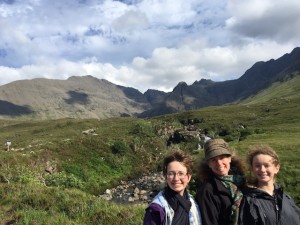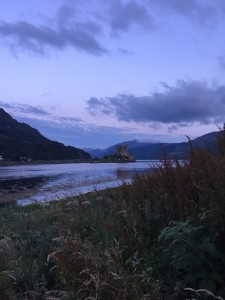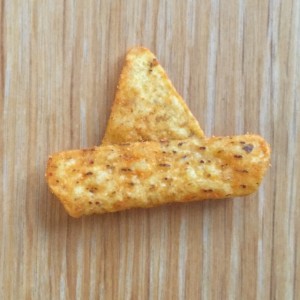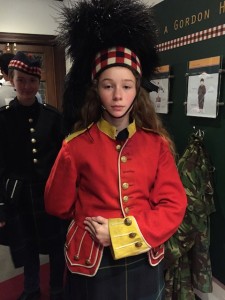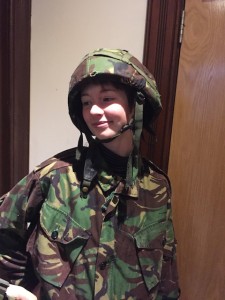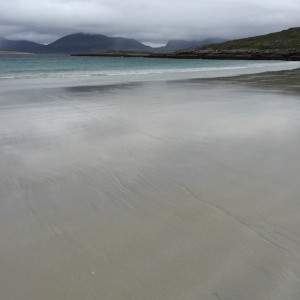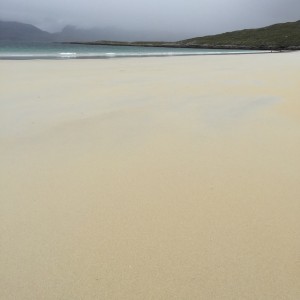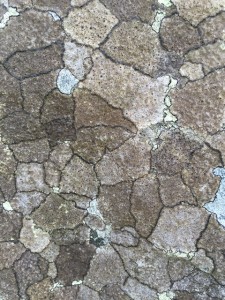My quest to Hats off to Hats! Revisited in Worthing, UK. October 2022
After a year since returning to California from London and 6 months since the National Association of Wheat Weavers (NAWW) conference in Folsom, CA USA, I was desperate for a full immersive hat experience, particularly straw hats. So when a friend suggested a hat exhibit in the seaside town of Worthing on the south coast of England, I was excited.
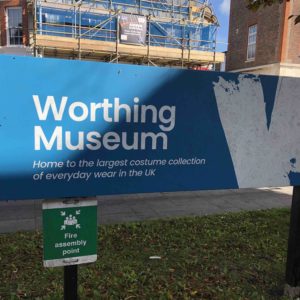
The Worthing museum is a little museum and claims to have the largest costume collection of everyday wear in UK. They lent 70 hats to a Switzerland museum in 2018, after 620 hours of conservation work, on 21 of the hats. The hats have since returned home and Worthing is exhibiting many of the the pieces, in Hats Off To Hats Revisited.
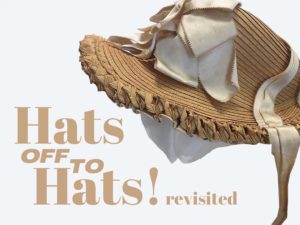
Open until 13 November 2022
I counted 51 hats on exhibit and more in the general collection displays. Several straw hats were a feast for my eyes, despite those frustrating glass cases that reflect the light, I captured a few good images.
The entry display demonstrated various techniques of conservation. I particularly enjoyed seeing the methods employed to safely maintain and store hats. This is where my favourite hat of the collection was displayed.
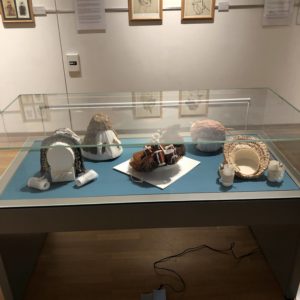
Several hats at first glance were uninspiring, the 1970s red floppy brimmed felt hat for example. However there were some real gems.
My favourite hat was the schnürli hat, that’s what I called it as that is the Swiss straw name for the twisted straw threads used to make the scallops all around the hat. I would have liked to see this on a person. It looks like it wraps around the face.
The description said, “Swiss straw braid bonnet, c. 1840-45. Made from fancy straw braid strip woven with a scallop shape. The 1840s saw the introduction of Swiss straw braid, innovative weavers create fine, lace-like straw braids, often in combination with horsehair or cotton thread.”
My second favourite was in the general display collection. The straw work was lovely and I particularly liked how the hat design created a space to pass the ribbon through so the wearer could easily change the ribbon.
Other straw, plait and braid hats were on display.
Pointed conical ‘Pagoda’ shape, c.1960.

Wide brimmed natural straw hat trimmed with garden roses c. 1900.
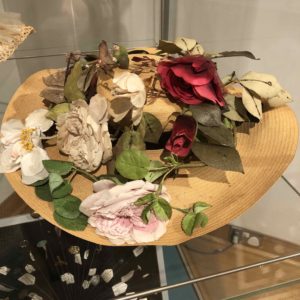
Hat in raspberry pink straw in a flat style trimmed with a whorl of small pink flowers on long stems, c. 1900.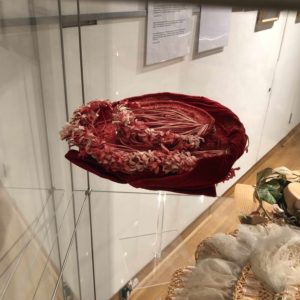
Raffia Straw with Silk chiffon 1905
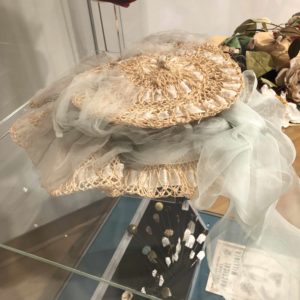
Bonnet, striped straw plait c.1830-39.
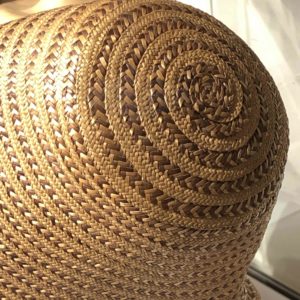
Bonnet in natural straw lined with cream silk c.1870, displayed upside down, but can be seen right side up on the Hats off to Hats Revised banner.
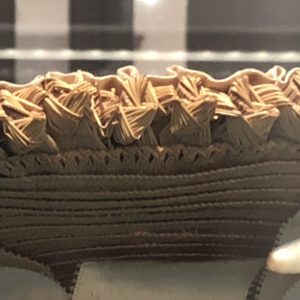
Bonnet with cream ribbon and flowers
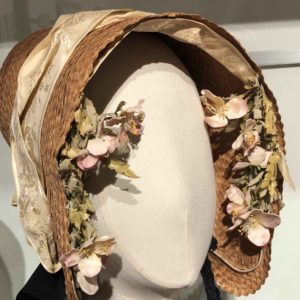
Conical natural straw hat, c.1950.
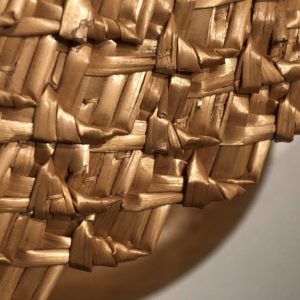
Open Weave Straw braid w raffia flowers c 1910-1920
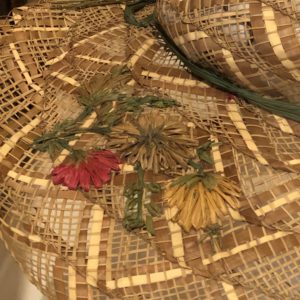
The journey there was a bit more of an adventure than I’d expected, such is travel. The schedule was tight. I arrived in London on Monday, took the train to visit my daughter at university in North Wales on Tuesday, enjoyed a wonderful but far too short visit of 24 hours, then caught the train back to London on Wednesday, so I could train down to Worthing with my hat friend, Clare, on Thursday.
All was going smoothly until Wednesday afternoon. Despite checking on the train strike I thought I was safe, but alas the northern England trains were on strike and although I could get from Bangor, Wales to Chester, things went awry and no trains were running. I briskly walked across town to the bus station. Although it would be twice as long of a journey than by train, it would get me to London late Wednesday night to allow me to meet up Thursday morning for the hat exhibit.
This too was not to be. Both buses to London the 17:30 and midnight buses were fully booked. I was essentially stuck in the middle of my journey.
Just then the heavens opened up and it bucketed down rain.
I admitted defeat and called my daughter. I asked her to find me a hotel near the train station, which she did. I would get the 7:55 am train on Thursday and have to delay my meet up with Clare until 11:30. No stopping to drop off my things at the London Hotel, just straight through from train in Chester, to Crewe, to Euston, tube to Victoria, train to East Croydon, then on to Worthing. Luck was with us when Clare jumped on the train at East Croydon exactly at the car door near where I was sitting. All went smoothly from there.

